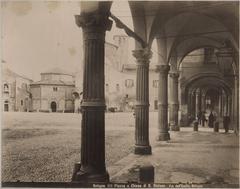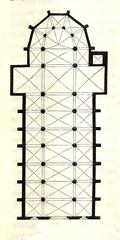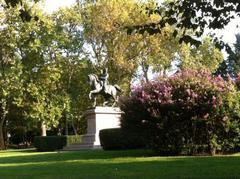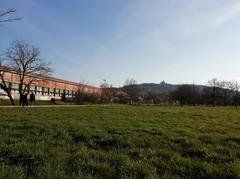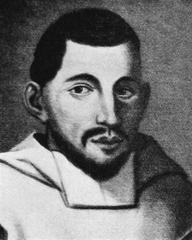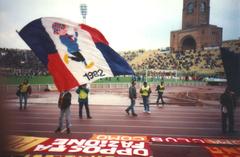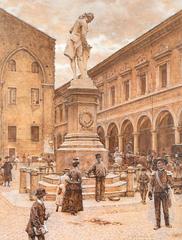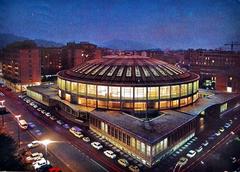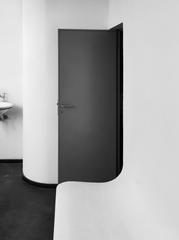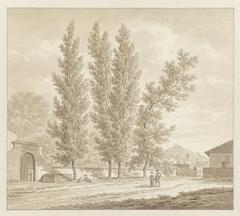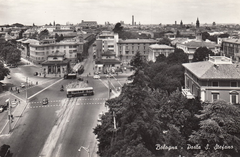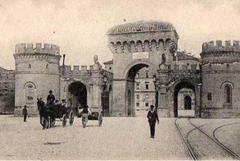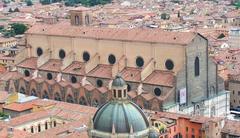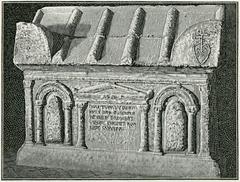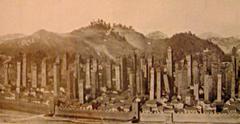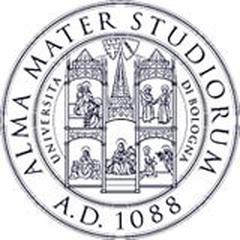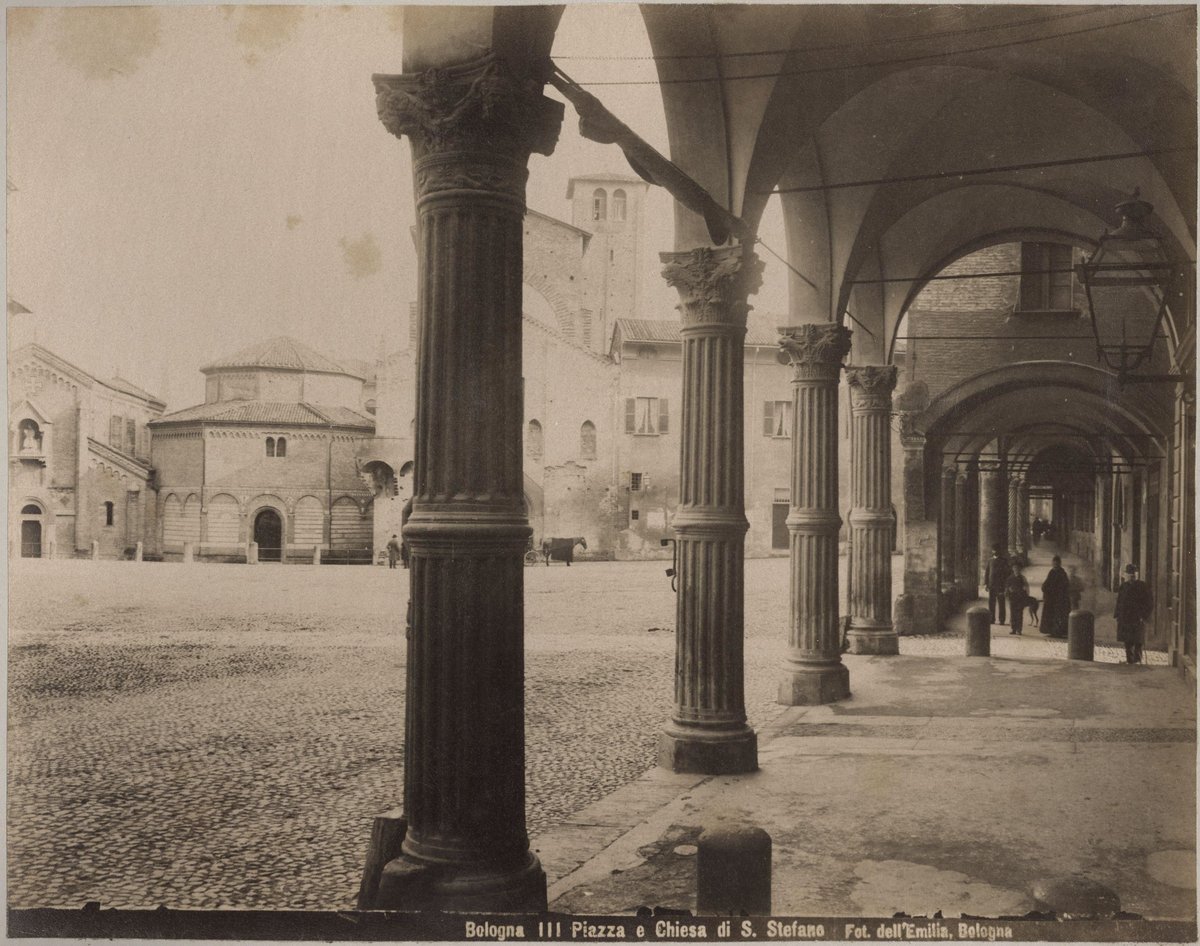
Visiting Piazza Santo Stefano in Bologna: Hours, Tickets, and Tips
Date: 17/07/2024
Introduction
Welcome to Piazza Santo Stefano, a captivating historical site in the heart of Bologna, Italy. Known locally as Piazza delle Sette Chiese (Square of the Seven Churches), this piazza is a testament to Bologna’s rich cultural heritage and architectural grandeur. The origins of Piazza Santo Stefano can be traced back to the Roman era when it served as a central public space in Bononia, the ancient name for Bologna. This area was transformed into a religious complex during the early Middle Ages under the guidance of Saint Petronius, the Bishop of Bologna, who envisioned creating a ‘New Jerusalem’ in his city. The piazza’s unique collection of seven interconnected churches offers visitors a fascinating journey through various architectural styles, from Romanesque to Gothic to Renaissance. Beyond its architectural splendor, Piazza Santo Stefano serves as a vibrant cultural hub, hosting religious pilgrimages, concerts, and festivals that attract visitors from around the world. Whether you are a history enthusiast, architecture lover, or simply looking to immerse yourself in the local culture, Piazza Santo Stefano promises an unforgettable experience. For more detailed information on visiting hours, tickets, and travel tips, read on to ensure you make the most of your visit. (Bologna Welcome)
Table of Contents
- Introduction
- Historical Background
- Architectural Significance
- Cultural and Religious Importance
- Visitor Information
- Visitor Tips and Nearby Attractions
- FAQ
- Call to Action
Historical Background
Origins and Early History
Piazza Santo Stefano, also known as Piazza delle Sette Chiese (Square of the Seven Churches), is one of Bologna’s most historically rich and architecturally significant sites. The origins of this piazza date back to the Roman era, when Bologna was known as Bononia. The area where the piazza now stands was initially a Roman forum, a central public space used for judicial and other civic activities. The transformation of this space into a religious complex began in the early Middle Ages.
The Seven Churches Complex
The most distinctive feature of Piazza Santo Stefano is the complex of seven interconnected churches, which collectively form the Basilica di Santo Stefano. This unique religious ensemble was conceived by Saint Petronius, the Bishop of Bologna in the 5th century, who aimed to create a “New Jerusalem” in Bologna. The complex was intended to replicate the holy sites of Jerusalem, particularly the Church of the Holy Sepulchre.
- Church of the Crucifix (Chiesa del Crocifisso) - Dating back to the 8th century, this church houses a crypt where the relics of Saint Petronius are kept. The church’s name derives from the large wooden crucifix that dominates its interior.
- Church of the Holy Sepulchre (Chiesa del Santo Sepolcro) - Modeled after the Church of the Holy Sepulchre in Jerusalem, this church is believed to have been built in the 5th century. It served as the original burial site for Saint Petronius.
- Church of Saints Vitale and Agricola (Chiesa dei Santi Vitale e Agricola) - This is the oldest church in the complex, dating back to the 4th century. It is dedicated to Saints Vitale and Agricola, early Christian martyrs of Bologna.
- Church of the Trinity (Chiesa della Trinità) - Constructed in the 13th century, this church features a Romanesque architectural style and is known for its beautiful frescoes and intricate stone carvings.
- Church of Saint John the Baptist (Chiesa di San Giovanni Battista) - Built in the 12th century, this church is notable for its Romanesque architecture and the ancient baptismal font located within.
- Church of the Martyrium (Chiesa del Martyrium) - Also known as the Church of the Protomartyrs, this church was built in the 5th century and is dedicated to the first Christian martyrs.
- Church of the Holy Cross (Chiesa della Santa Croce) - The newest addition to the complex, this church was constructed in the 13th century and features Gothic architectural elements.
Medieval and Renaissance Periods
During the medieval period, Piazza Santo Stefano became a significant religious and cultural center in Bologna. The complex of seven churches attracted pilgrims from all over Europe, enhancing the city’s religious prestige. The piazza also served as a marketplace and a venue for public gatherings, reflecting its importance in the social and economic life of Bologna.
In the Renaissance period, the piazza underwent several architectural modifications. Wealthy Bolognese families, such as the Bentivoglio and the Pepoli, funded the restoration and embellishment of the churches. The addition of Renaissance elements, such as frescoes and sculptures, enriched the artistic heritage of the piazza.
Modern Era and Preservation Efforts
In the 19th and 20th centuries, Piazza Santo Stefano faced challenges related to urbanization and modernization. However, concerted efforts by local authorities and preservationists ensured the protection and restoration of the historical and architectural integrity of the piazza. Today, Piazza Santo Stefano is a protected heritage site, recognized for its cultural and historical significance.
Architectural Significance
The architectural significance of Piazza Santo Stefano lies in its unique blend of styles, ranging from Romanesque to Gothic to Renaissance. The complex of seven churches is a testament to the evolving architectural trends and religious practices over the centuries. The use of local materials, such as Bolognese brick and marble, adds to the distinctiveness of the piazza’s architectural landscape.
Cultural and Religious Importance
Piazza Santo Stefano holds immense cultural and religious importance for the people of Bologna. It is a site of pilgrimage, attracting visitors who seek to connect with the city’s rich religious heritage. The piazza also hosts various cultural events, such as concerts and festivals, which celebrate Bologna’s artistic and musical traditions.
Visitor Information
Visiting Hours
The piazza and its churches are generally open daily from 9 am to 7 pm. However, visiting hours may vary, so it’s recommended to check the official website for the most up-to-date information.
Tickets
Entry to the piazza is free, but some churches may require a small donation or ticket for access. Guided tours are available for a fee, providing a deeper understanding of the site’s history and significance.
Special Guidelines
Visitors are advised to dress modestly, as the piazza is a religious site. Photography is allowed, but flash and tripods are typically prohibited inside the churches.
Visitor Tips and Nearby Attractions
Timing
The best time to visit is during the early morning or late afternoon when the piazza is less crowded.
Guided Tours
Consider joining a guided tour to gain deeper insights into the history and significance of the seven churches.
Photography
The piazza offers numerous photogenic spots, so bring a camera to capture the stunning architecture.
Local Cuisine
After exploring the piazza, visit nearby cafes and restaurants to enjoy traditional Bolognese cuisine, such as tagliatelle al ragù and tortellini.
FAQ
What are the visiting hours for Piazza Santo Stefano? The piazza and its churches are generally open daily from 9 am to 7 pm. However, visiting hours may vary, so it’s recommended to check the official website for the most up-to-date information.
How much do tickets to Piazza Santo Stefano cost? Entry to the piazza is free, but some churches may require a small donation or ticket for access. Guided tours are available for a fee.
What should I wear when visiting Piazza Santo Stefano? Visitors are advised to dress modestly, as the piazza is a religious site. This means covering shoulders and knees.
Are guided tours available? Yes, guided tours are available and provide a deeper understanding of the site’s history and significance.
Call to Action
Ready to explore more of Bologna’s historical wonders? Download our mobile app Audiala for more travel tips, check out our other related posts, and follow us on social media for the latest updates. For more information on visiting Piazza Santo Stefano, you can refer to the official Bologna Tourism website.
References
- Explore Piazza Santo Stefano - Visiting Hours, Tickets, and Historical Insights, 2024, Bologna Welcome
- Visiting Piazza Santo Stefano - Historical Significance, Tickets, and Travel Tips, 2024, Basilica di Santo Stefano
